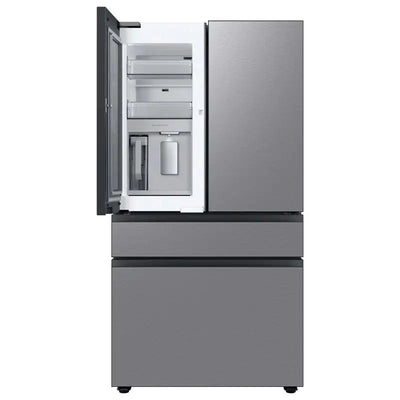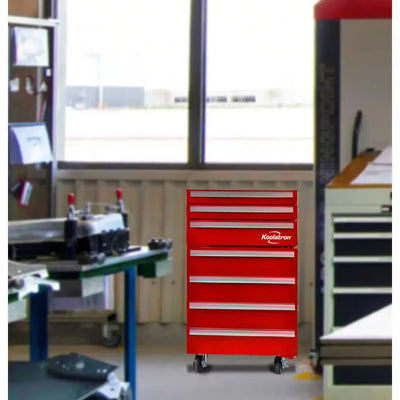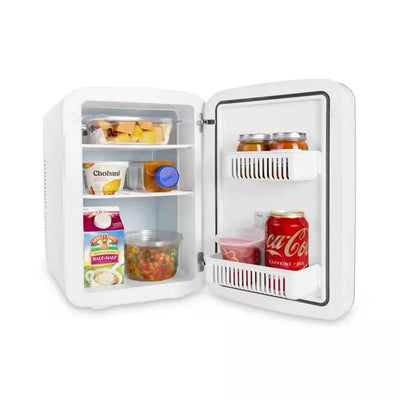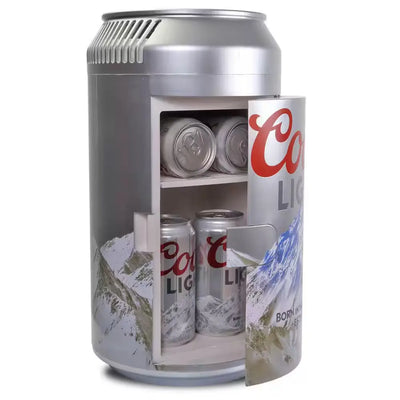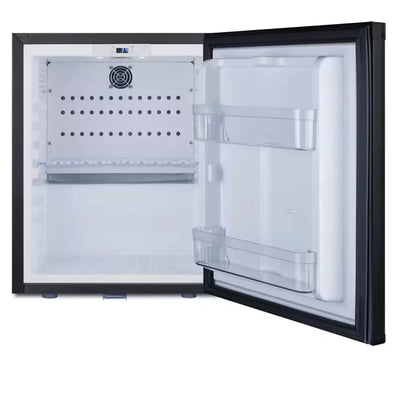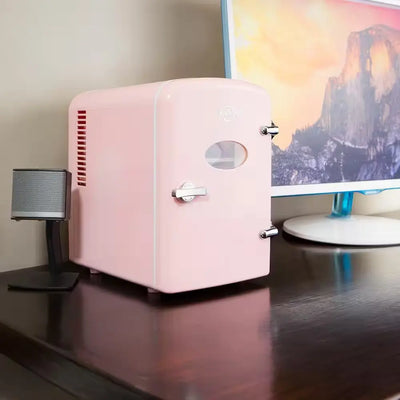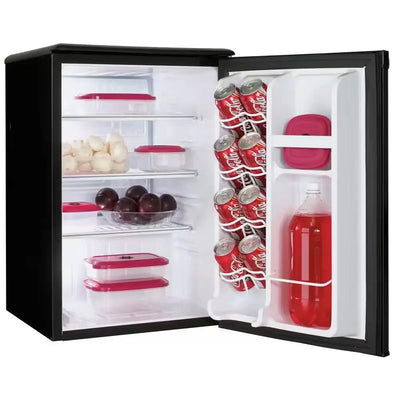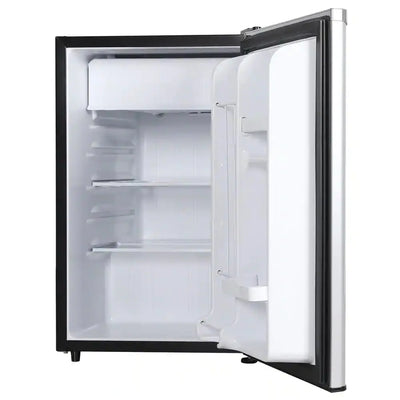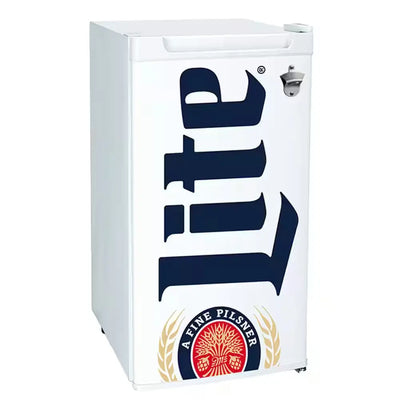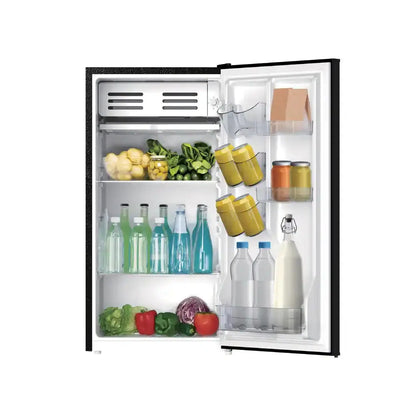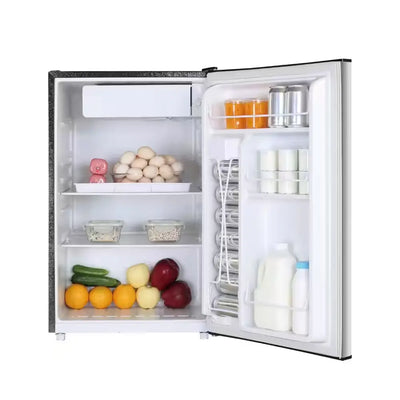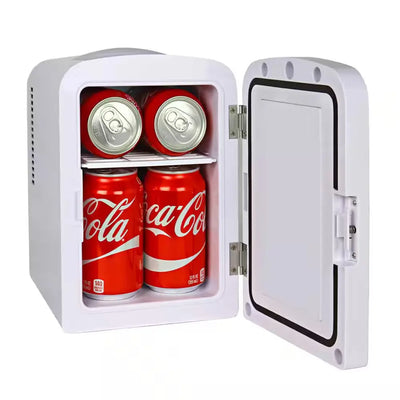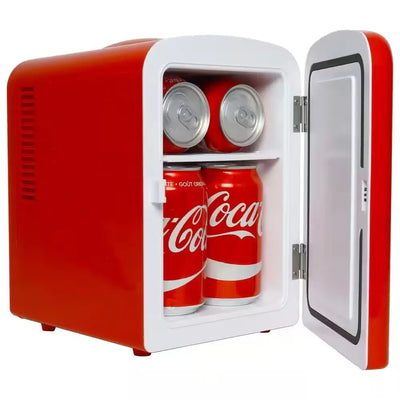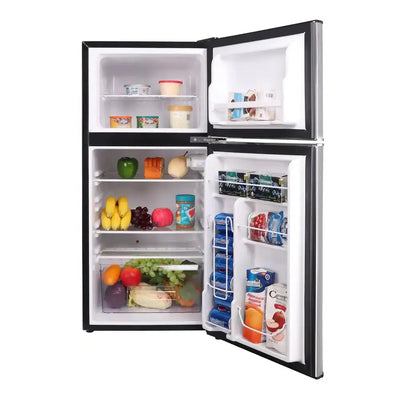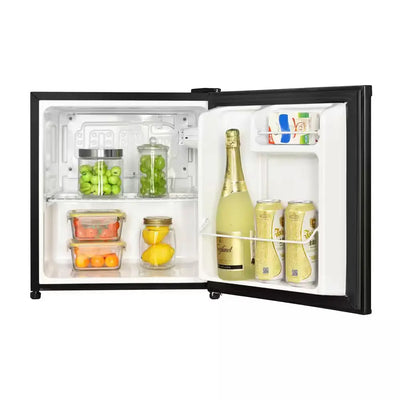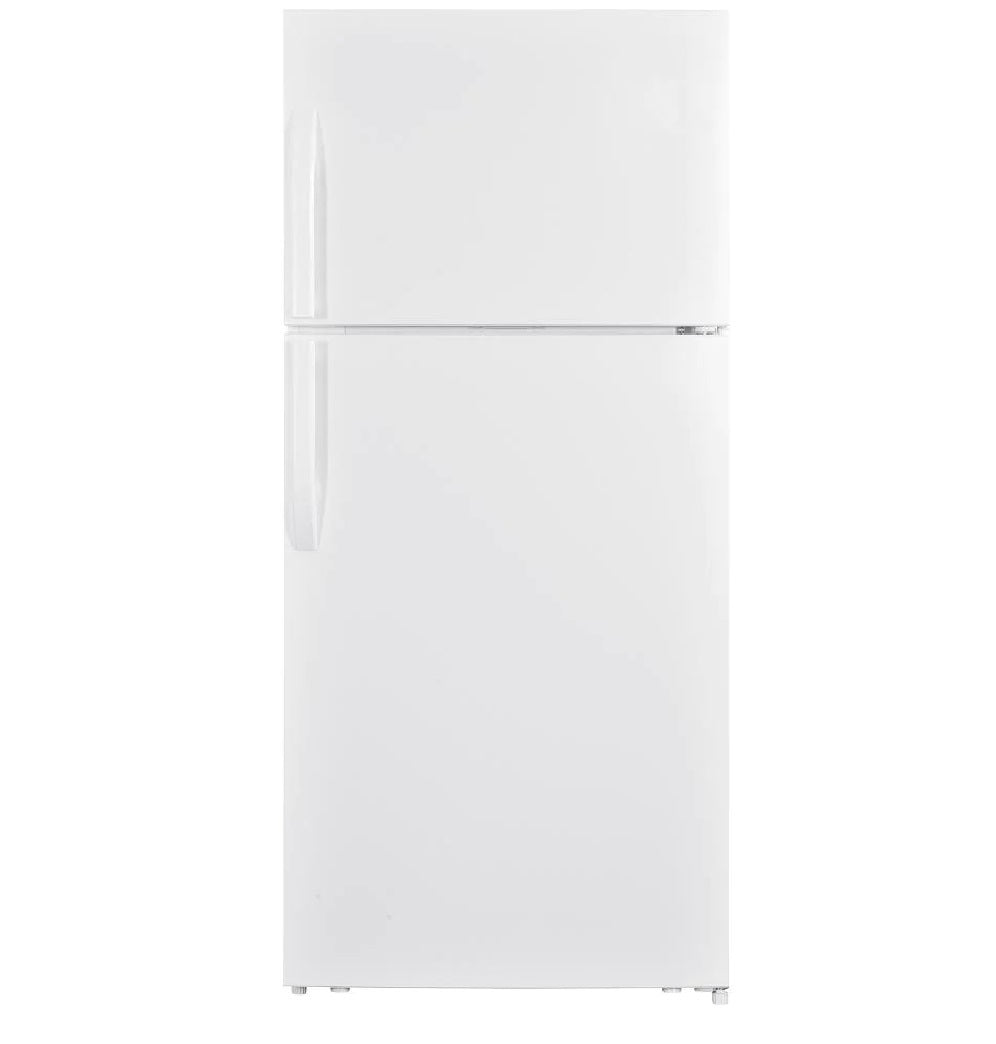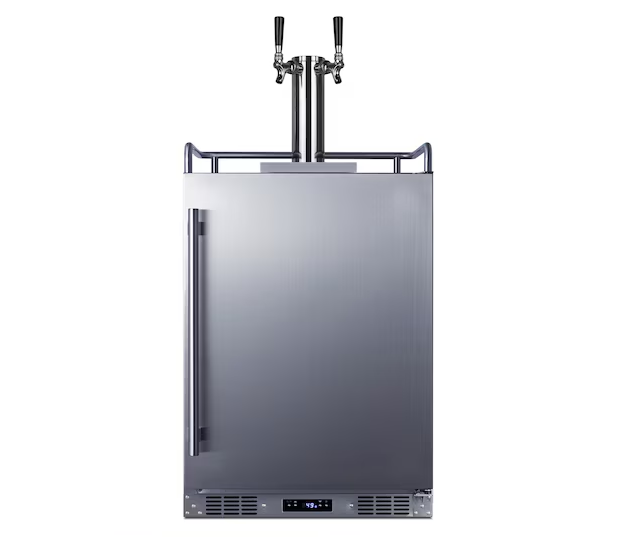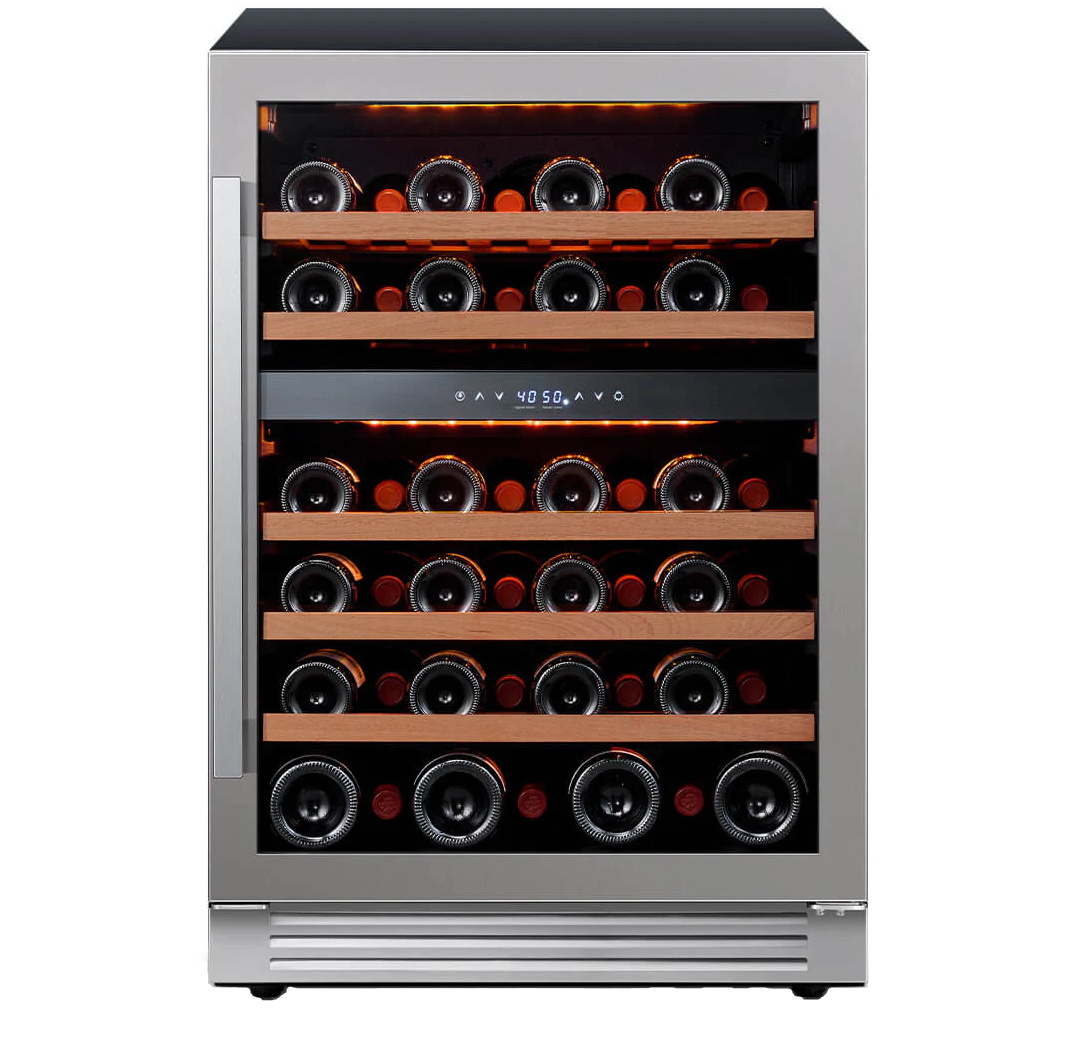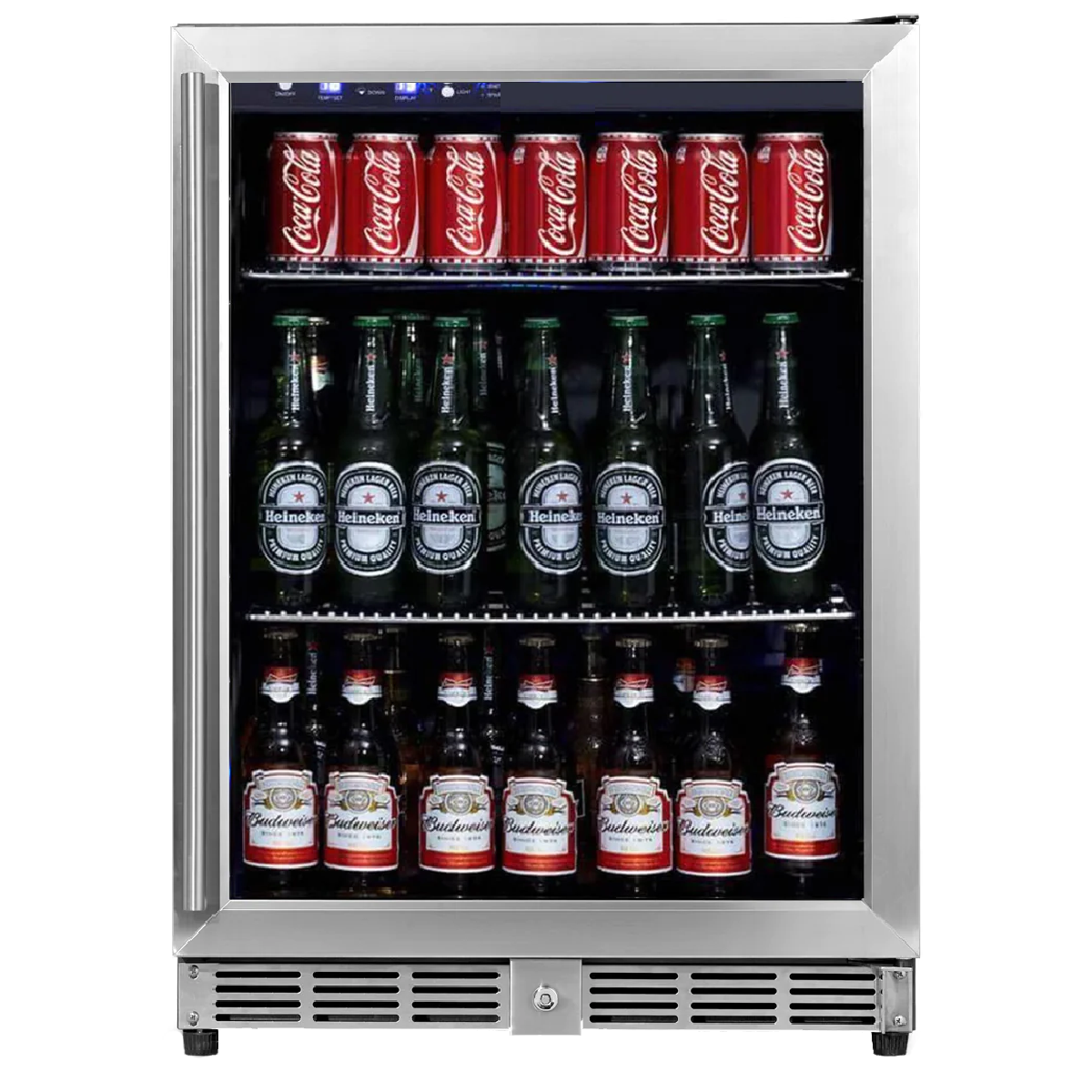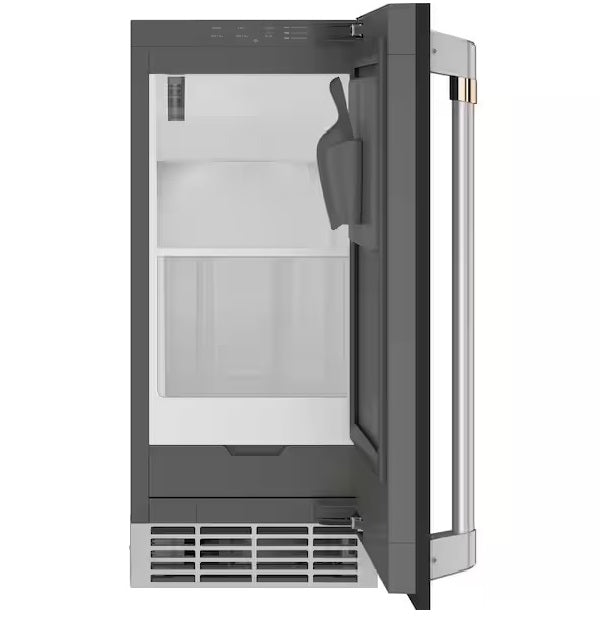Fridge
Filter and sort
Shop Fridge.com for the best Fridge!
Featured Fridge Collection at Fridge.com
Explore our exclusive Fridge Collection that blends high functionality with modern elegance. We understand the importance of keeping your food fresh and beverages chilled in the best possible conditions; that's why our team has carefully curated a selection of fridges for you. Whether you need a sleek addition to your kitchen, an apartment-size refrigerator, or a garage refrigerator, our collection caters to all your needs and preferences.
Our Fridge collection is vetted for quality, durability, and energy efficiency. These fridges have been carefully selected to ensure they offer maximum cooling, noise reduction, and flexibility in temperature settings. We've stocked a wide range of fridges from top global brands, so you can rest assured you're getting the best. We continually update our collections to meet the evolving needs and preferences of our diverse clientele.
Imagine having a cold drink ready whenever you need it, or the convenience of a fridge that fits perfectly in your office or outdoor space. Our fridges, including top-freezer refrigerators, bottom-freezer refrigerators, and side-by-side refrigerators, provide practical solutions that elevate your lifestyle. Investing in our Fridge Collection is more than a convenience; it's a lifestyle upgrade. Plus, all the best fridge brands in our collection come with a generous manufacturers warranty because we care about your satisfaction.
What is Fridgescaping?
Fridgescaping is a popular trend in art of organizing and styling the interior of your fridge to be both functional and visually appealing. The fridgescape involves carefully arranging food items, containers, and beverages to maximize space and improve accessibility. Whether you’re a seasoned fridgescaper or just getting started, fridgescaping is a great way to keep your fridge super stylish and in top shape.
If space is a concern, our compact refrigerators and mini fridges are the perfect fridge decorating solutions for smaller areas like dorm rooms, apartments, or offices. These compact appliances are designed to be both functional and stylish, making them an ideal addition to any space. And if you're looking for something with a bit of flair, our retro fridges offer a charming, nostalgic touch without compromising on modern features.
Fridge.com offers a wide selection of fridges to choose from, with options to suit any budget and style. Whether you're looking for a traditional fridge design or something more modern like a French door refrigerator or a counter-depth refrigerator for your fridgescaping ideas, we have something for everyone.
Looking for a fridge with specific features? Our collection includes beverage fridges, wine coolers, and beer fridges that are perfect for keeping drinks at their optimal temperature. For those who need extra storage, we offer built-in refrigerators and freezerless refrigerators. Whether you're outfitting your kitchen, garage, or office, you'll find the perfect fridge here. If you're in the market for a smart fridge, built-in freezer, or outdoor refrigerator, we have you covered for your fridge-scaping needs. Our fridges come with the latest technology, energy-efficient designs, and stylish finishes to match any decor.
Don't wait any longer to upgrade your space with a new fridge. Order now from Fridge.com and enjoy the convenience, style, and energy efficiency that our fridges have to offer. Our expert team is always available to help you find the perfect fridge for your space and budget, ensuring you get the best fridge deals for your needs.



